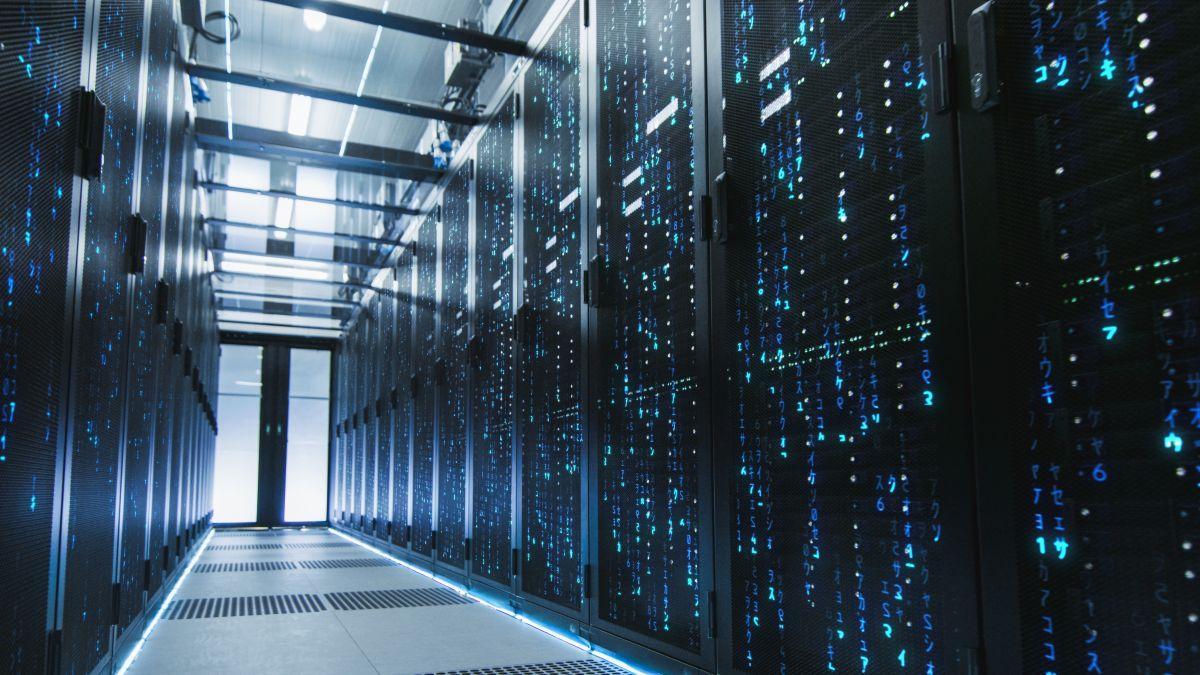Thousands of fiber optic transceivers are needed for effective, efficient, & high performance data center interconnects.
With price and costs only increasing, choosing the best transceivers is crucial not only for the network but also for your budget. Avoid letting module costs consume your operating expenses with the following tips for designing an ideal data center transceiver configuration.
Tip 1: 100% Compatibility is Key
Whether compatible or OEM modules, both must be able to communicate seamlessly and instantly within the network. The main quality difference between identical fiber transceivers is in the supplier and whether it’s provided by the brand vendor. Typically, OEMs will rely on the supplier’s coding and testing since they rarely produce the modules themselves. Batch testing is also common among certain suppliers, meaning only a handful from each order are tested for full compatibility. The best third-party vendors like ProLabs code and test 100% of optics to the exact specifications of original devices in real switches & routers, rather than by emulation testing. Meeting users' demands through a supplier who has the experience and confidence to certify their transceivers as fully interoperable with the OEM switches is vital to guaranteeing success.

Tip 2: Lower Power Consumption for Lower Operating Costs
In addition to cost, it's important to consider the energy efficiency of transceivers. The power consumed by fiber optic transceivers will vary depending on the manufacturer’s build quality. Some suppliers may use cheaper parts or cut corners in their processes to make their modules perform normally, but are not reliable over long usage periods.
Power consumption may only differ by a few tenths of a watt per unit, but this difference accumulates daily to an exponential difference in daily operating costs. Today’s data centers aim to operate with efficiency metrics between 40% and 70% of the critical load. This means that for every 1 watt of IT critical load used, an additional 0.4W to 0.7W of support load is used to cool and maintain the data center. Given these data center economics, reducing the IT load by 1 watt means reducing to total power load by 1.4 to 1.7 watts – compounding into significant savings over time. Through lower power consumption optics, data center managers can minimize operating costs and its impact on OPEX and CAPEX.
Tip 3: Save Space with Higher Density Optics
One of the top considerations that IT architects have when building a data center is its space utilization. Modules with smaller form factors can save more space than others with the same operating rate. A typical 40G QSFP+ optical module is about 78mm long and 18mm wide. You can see that it is much shorter than a CFP optical module that is approximately 144mm long and 82mm wide. As a result, fiber optic transceivers with smaller form factors can provide optimized space-saving solutions for a high-density data center.

Let ProLabs help maximize your budget for less.
Many IT managers are experiencing difficulties with operating their data centers due to its high overhead costs. ProLabs OEM compatible optics provide the benefits without compromise with up to 70% savings. From helping reduce data center power consumption to saving space with high quality modules, ProLabs can help you no matter the project complexity by choosing the optics you need.


